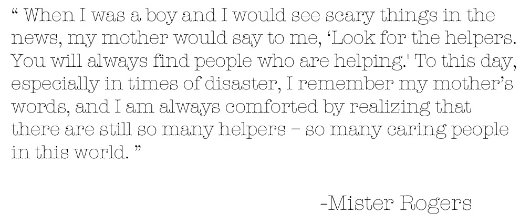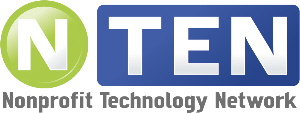|
Social communities have exploded over the past few years. In working with our clients in the Support Department as well as promoting my own after-work projects, I know it feels like you have to be everywhere at once. It seems that if you aren't taking advantage of every angle, then you are missing something. But just try to keep up with Facebook, Google+, Twitter, Instagram, Flickr, LinkedIn, Feedburner, the new MySpace and on and on and on... not to mention your own website... it can be exhausting. So get smart about it. If you're looking to import data into Salesforce for your nonprofit organization, there are a number of training resources you have at your disposal from Salesforce.com and the Salesforce.com Foundation.
After spending a fairly tedious two hours posting nine items to eBay, here is what I have been reminded of when writing content for the web: As many of you know, PICnet is a B Corporation, a socially responsible business with the triple bottom line of people, planet and profit. We're grateful to be a part of an amazing group of businesses who are similar-minded. One of those businesses is PICnet-client Back to the Roots (BTTR). Back to the Roots was founded by two UC Berkeley students, Alejandro Velez & Nikhil Arora, who were inspired to make a product from used coffee grounds. What they came up with was a mushroom kit where, in as little as 10 days, you can grow your own mushrooms from your kitchen windowsill! Skeptical? I was too…until we experimented in the DC office and got fabulous results. I even made myself a mushroom and cheese omelet with mushrooms from the kit! One emerging approach we’ve witnessed in the nonprofit space is the manner of Salesforce adoption within organizations. Many organizations are taking a segmented approach to adoption with one department electing to use it and others not. Often the split falls between program and fundraising teams. There are obvious reasons for this. Legacy systems are involved that vary from department to department. The reasons inspiring adoption by one team will not necessarily apply to the other. Change is difficult for one department let alone an entire organization. And Salesforce adoption is often driven by a key champion within the organization affecting a single department first rather than the entire organization.
While the reasons for segmented adoption are clear, here are four compelling reasons why organizations would do well to push further to more comprehensive adoption and break out of their data silos:
Just in case your finger isn't jumping to click the link to complete the survey just yet, here are ten reasons why you should (drum roll, please)... Does your website have social sharing buttons like ShareThis or AddThis but you find yourself wanting something more customized for a given situation? Maybe you want a big button on your donation thank you page that encourages people to share the fact that they just supported your organization. Or one on an event reservation confirmation view to say they're coming to your shindig. If you're using Salesforce to track donations, you can generate plenty of helpful fundraising metrics. These can be done across your organization and per fundraising campaign. We'll focus on five common and critical metrics in this post. Here's a little tip for anyone scratching their head over why they don't have access to creating new Campaigns in Salesforce even if they are full System Administrators for a Salesforce instance. If you're not seeing the New button when viewing Campaign tab, it could be as simple as checking a box on your profile. Imagine if you're a third-party developer creating integrations with the Salesforce Nonprofit Starter Pack (NPSP). Right now, you need to build services on your own that manage the routing of data, creates matching between inbound data and existing data in the NPSP, and much more. With the NPSP spread across multiple Salesforce packages, integrations for donations, event registrations, and more can be quite cumbersome. What if instead, the NPSP had a pre-built set of APIs that you could tap into, providing you a landing zone for your inbound data. A location where you needed to know little-to-nothing about the NPSP, but your organizational clients could know that their data was being properly routed to its own home. Well my friends, a few good folks from the NPSP developer sprint in DC this week have started to make this happen. Life as we know it for ISVs will become much better. |
 There are so many ways to promote your organization online today. Indeed, you may be returning to work with a raft of 2013 resolutions to do just that.
There are so many ways to promote your organization online today. Indeed, you may be returning to work with a raft of 2013 resolutions to do just that.
 As a Project Manager at PICnet, I often give clients advice on how to optimize their web content for search engines. However, when posting some items to
As a Project Manager at PICnet, I often give clients advice on how to optimize their web content for search engines. However, when posting some items to 


